Affiliate links on Android Authority may earn us a commission. Learn more.
1 trillion connected devices by 2035: The future of IoT at Arm TechCon 2019

You might think IoT has failed to deliver on its expectations, or that the future of the Internet of Things has been overhyped.
But that is very much not the vibe surrounding IoT at Arm TechCon. Here, IoT is still the next big thing, and its future has never looked brighter. The company expects to see 1 trillion connected devices by 2035, and considers things to be nicely on track.
It’s time to start thinking seriously about what the future of the Internet of Things means for us, and how you are likely to interacting with all those smart “things” in the next few years.
Here’s what Arm has to say on the matter.
Also read: Arm processors will soon become faster than ever thanks to custom instructions
IoT and the “human element”
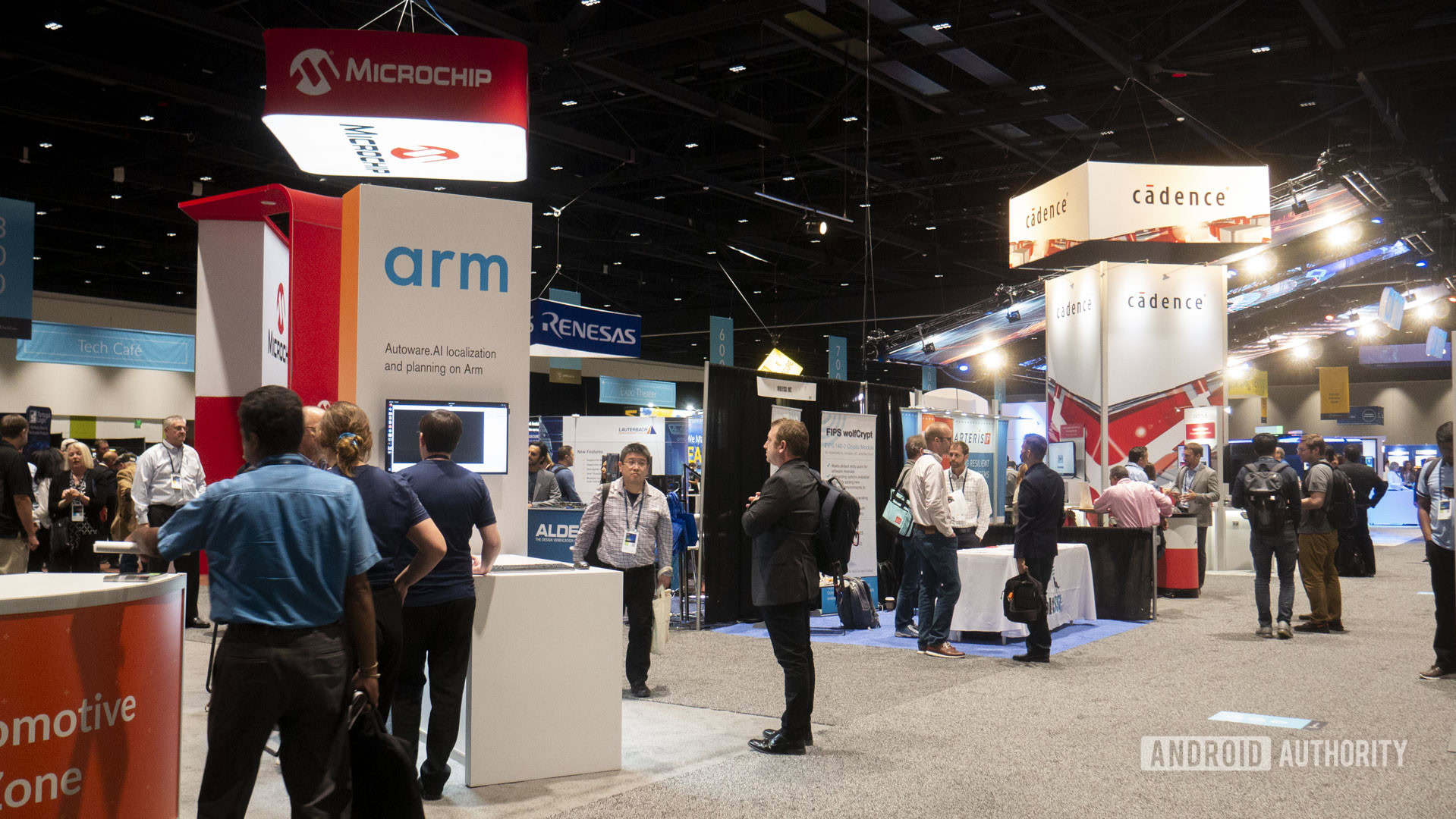
I spoke with Arm’s IoT Services Group VP of Strategy, Charlene Marini, who shared how she expects the future of the Internet of Things to influence our lives. She explained that the real excitement was at the intersection of “people, process, and things.”
By this, she means the “human element” that would ultimately ensure the technology adapts to the us, rather than the other way around. An example she gave was of a hypothetical device that could help a user to drive. What if it gave customized advice based on the way it knows that person normally drives? What if it could learn their habits and anticipate mistakes they might make before they happen?
More personalized and human interactions could also play a big role in the hospitality and retail industries. Looking around the Expo, I saw this at play. One exhibitor called DogPatch was using Arm’s tech to help make its coworking spaces better suited for people working there. It did so by adjusting climate and lighting, among other things.
The 'human element' would ultimately ensure that the technology adapts to the us.
Marini described this as making the environment “like a living thing” in its ability to adapt.
How far are we from this kind of thing being commonplace?
Arm’s VP of Infrastructure, Mohamed Awad, assured me that we were “on track” for those trillion connected devices (though of course this was not an exact figure!). How many connected devices are there right now? Apparently 20 billion!
Infrastructure and the future of the Internet of Things
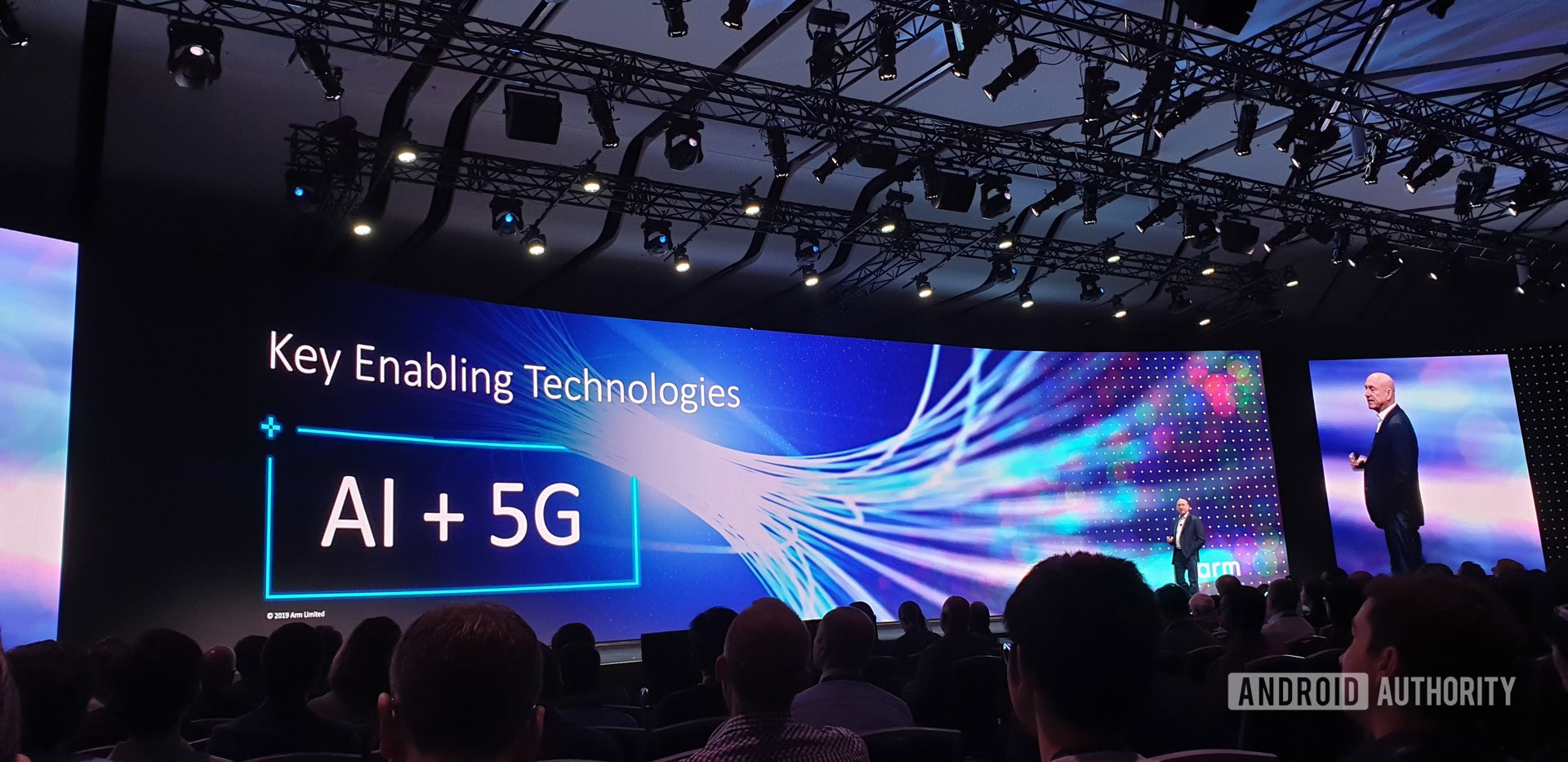
For continued growth, the infrastructure needs to be there, and Arm has been playing its part in helping to bring this to fruition.
A year ago, the company announced its “Neoverse” platform to provide network solutions at every step of the way. This year, the company spoke about another new initiative that it is calling “Project Cassini.” The aim is to ensure a consistent experience for developers at each step of the way by supporting various standards and tools across its platform.
“You also need the compute infrastructure to support the data,” Awad explains. “You aren’t going to have a trillion connected devices if you can’t do something interesting with that data.”
The company anticipates that an increasing amount of processing will be handled at “Edge nodes,” and indeed across every point in the process.
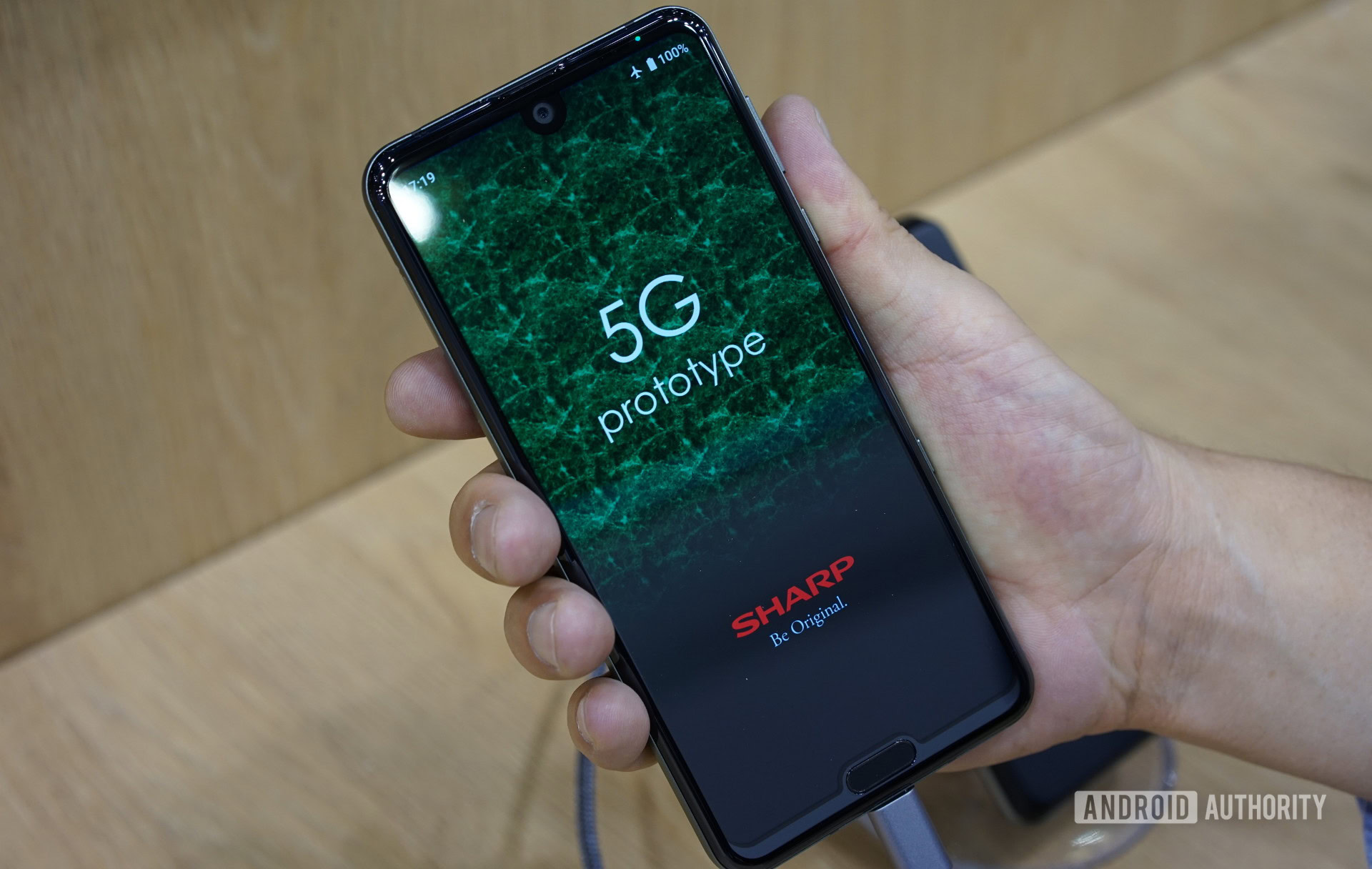
The “edge” in this context is the point between the cloud (a big super-computer server somewhere) and the endpoint (the device itself). This would normally mean a server located much closer to the user that could handle more complex algorithms, but with faster transfer times.
The future of the Internet of Things pretty much hangs on the success of 5G it would seem.
That’s where the 5G comes in, and it’s why it has been such a big topic at the conference. The future of the Internet of Things pretty much hangs on the success of 5G it would seem.
I asked Awad whether the rollout of 5G had so far met expectations, to which he had positive things to say.
“If you had asked me that a year ago, I would have said it’s not taking off as quickly as we thought. What a difference a year makes! We have an interesting perspective in that we see the adoption of handsets, but also 5G base stations where a significant amount of compute is Arm. It’s accelerating in a big way across the world.”
That said, he also predicted that while larger areas were adopting 5G rapidly, the infrastructure may not be as pervasive as it has been with the likes of LTE for a while. It may remain a little “spotty” — at least for a time.
The AI edge
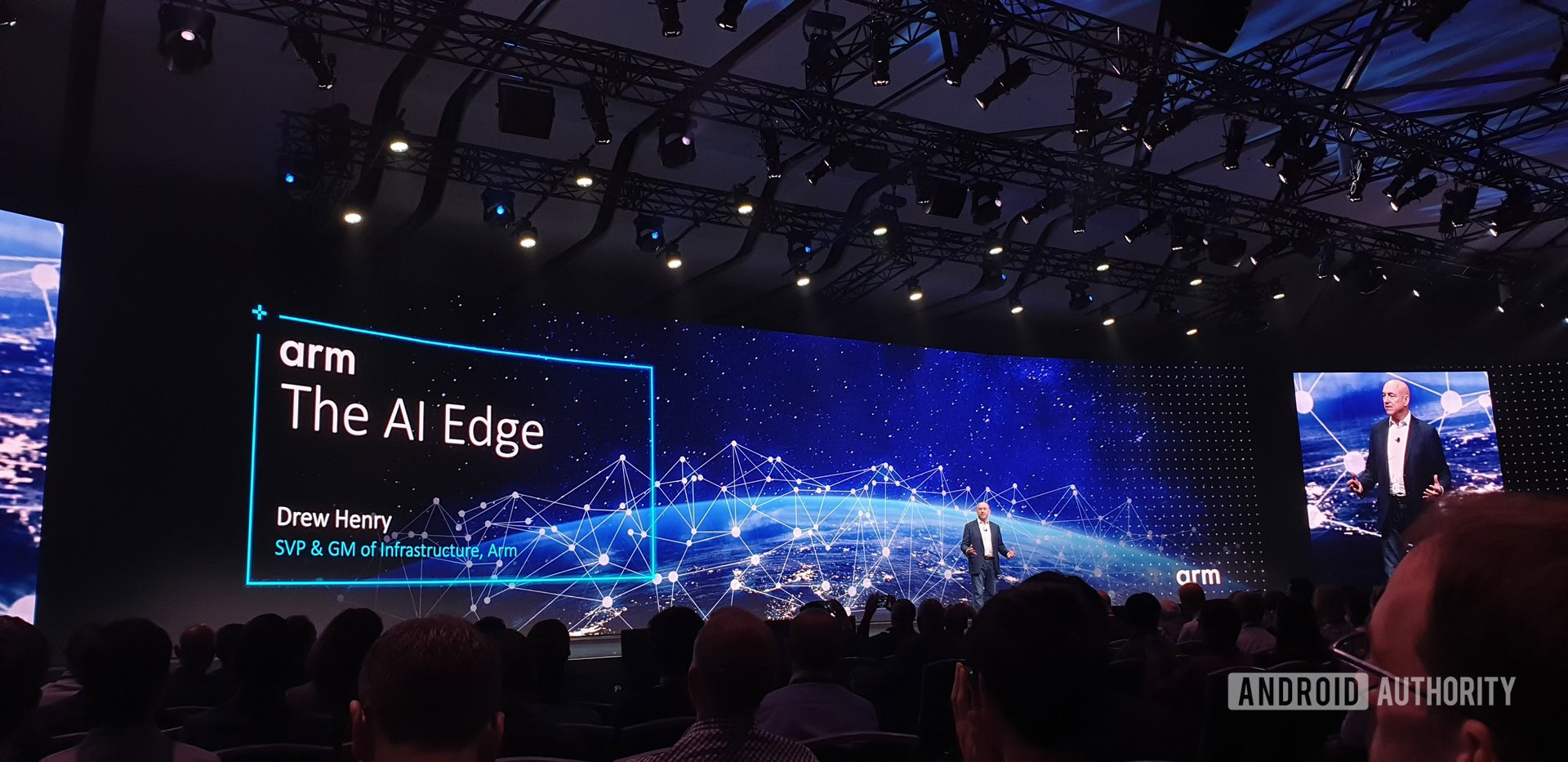
Faster transfer speeds are just one part of the equation — equally important is smarter use of that connectivity. Arm talked a lot about bringing AI to the edge, using machine learning smarts to actually better predict and manage the kind of traffic being sent.
“A lot of people think AI is about what to do with the raw data being transmitted,” Awad said. “What’s going to happen next? Is it a cat? Is it a person? We can think of this as the “data plane.””
“Then you have “control plane” AI: the infrastructure from the edge all the way to the core. Workloads could dynamically move from the gateway to the data center, to optimize resources, compute, latency, etc.”
In other words: It’s using AI to help support AIs!
And that’s before we even consider the impact of smarter endpoint processors, and the fact that OEMs can now add custom instruction sets to the M-series processors from Arm. These are the kinds of processors that are small and affordable enough to actually fit into those connected things; and there’s a growing interest in bringing machine learning onto this kind of tech.
During his keynote speech, Arm CEO Simon Segars talked about a real device that could monitor blockages in plumbing for hospitals. Such a device could handle that kind of processing on board, making it far less reliant on a good internet connection!
Security and privacy
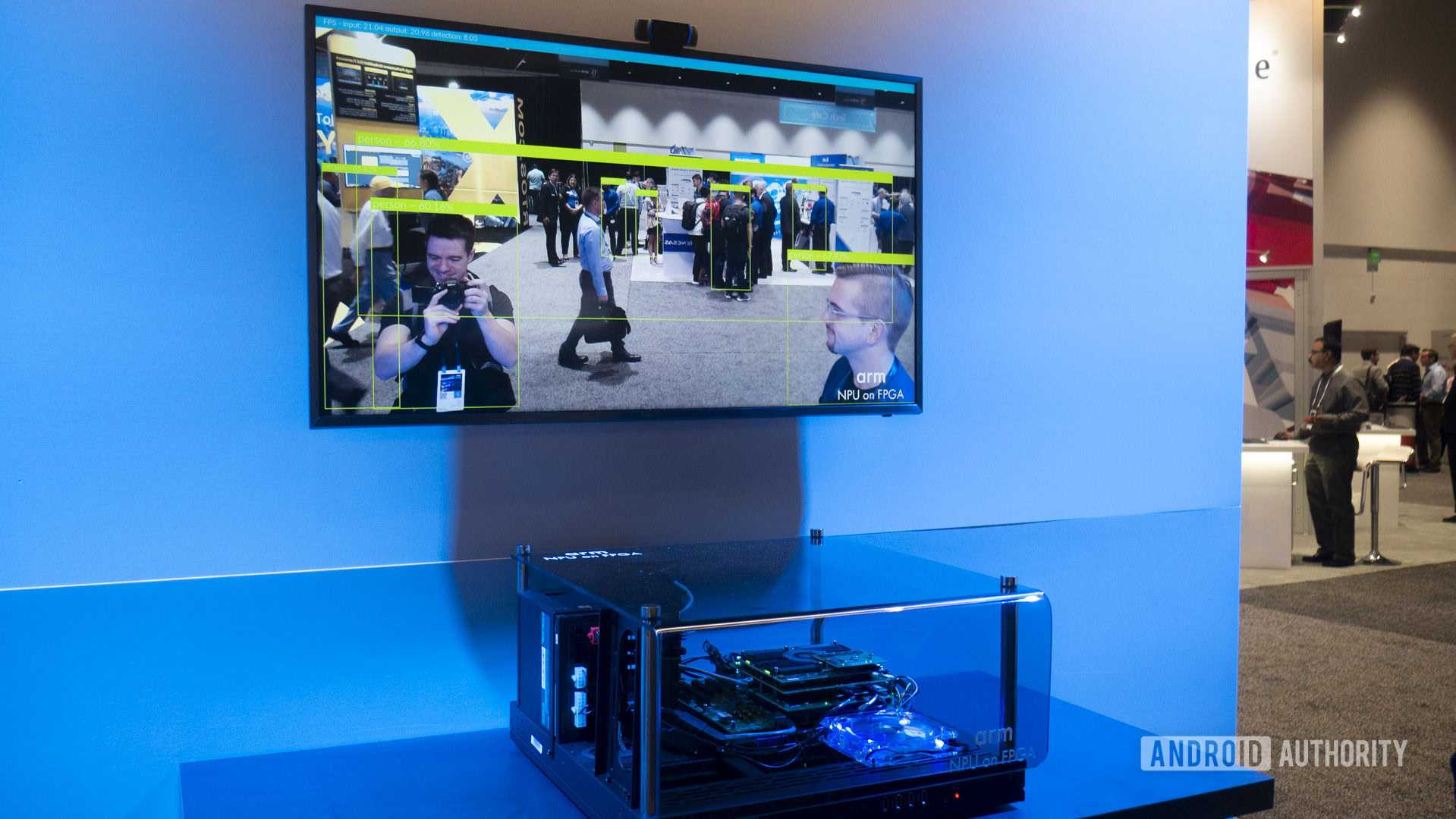
According to Arm, in order for the future of the Internet of Things to really take off consumers will need to feel they can trust tech companies to the same extent that they trust the medical profession. That’s quite a tall order given the current state of industry.
But Arm is right. Companies are collecting huge amounts of information about us, and that’s going to make some people very uncomfortable. Given grievances over the way companies like Google and Facebook have been using our data, the industry at large has some making up to do.
Security is a big part of this, and it’s a big focus for Arm and its partners right now. Part of Project Cassini is focused on ensuring Arm’s Platform Security Architecture (PSA) is present across the full range of devices. Security is being built into the very design of the chips.
The smarter the devices in your home become, the less information they’ll need to upload to the cloud.
Endpoint processing also helps this issue. The smarter the devices in your home become, the less information they’ll need to upload to the cloud.
Advertisers that know everything about you
The issue of trust is unfortunately somewhat at odds with another issue: funding. The future of the Internet of Things also needs funding if it’s going to happen. For companies to get financing, they need to present an appealing investment opportunity.
Data collected from connected devices has immense value to nearly every industry.
This in itself is not a problem. The huge amount of data collected from connected devices has immense value to nearly every industry. There is still some confusion over how best to utilize all that information, but this has been likened to a “gold rush” with immense opportunities.
Subaru is a good example of how Arm’s vision can benefit big business. By combining data collected from the web with data collected from real-world interactions, Arm was able to help Subaru increase conversion rates for its car sales by 100%. And that’s just the start.
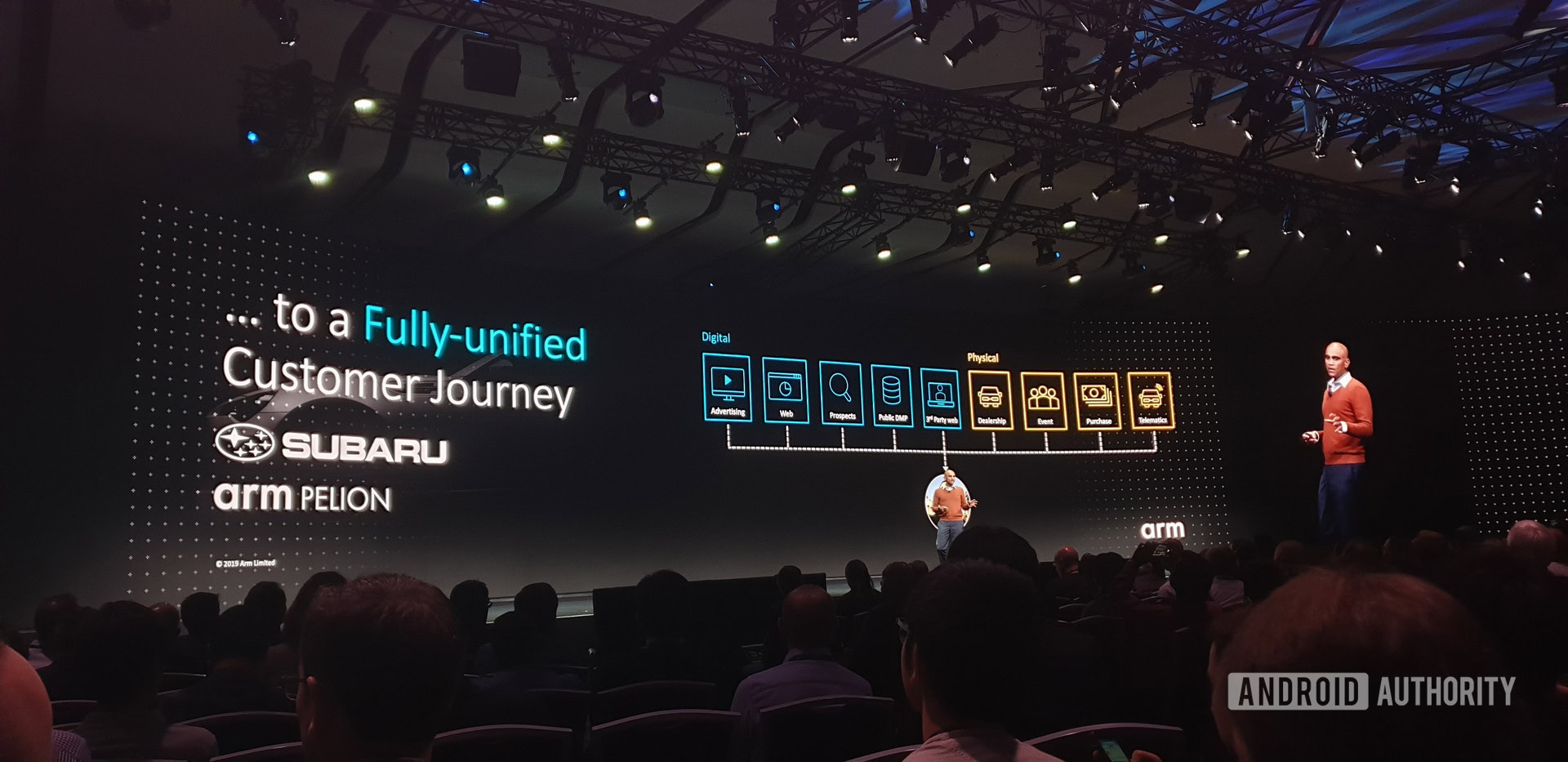
The problem is, consumers typically don’t exactly love having their every movement and decision tracked for the purposes of advertising and sales. Think it’s annoying getting targeted ads on Facebook? Imagine when your car salesman asks if you enjoyed your recent trip to Vancouver! Or when your TV shows you an ad for diapers because you’ve been using a “smart” milk bottle!
The hope is that the market will regulate itself.
Companies are going to have to decide just how much users can control the information they want to share. Awad feels this is an issue that can be addressed to some extent through transparency and giving users options. The companies that fail to empower their users will ultimately fall by the wayside. In this sense, the hope is that the market will regulate itself.
I imagine there will be a few more hiccups before we arrive at some kind of unspoken agreement.
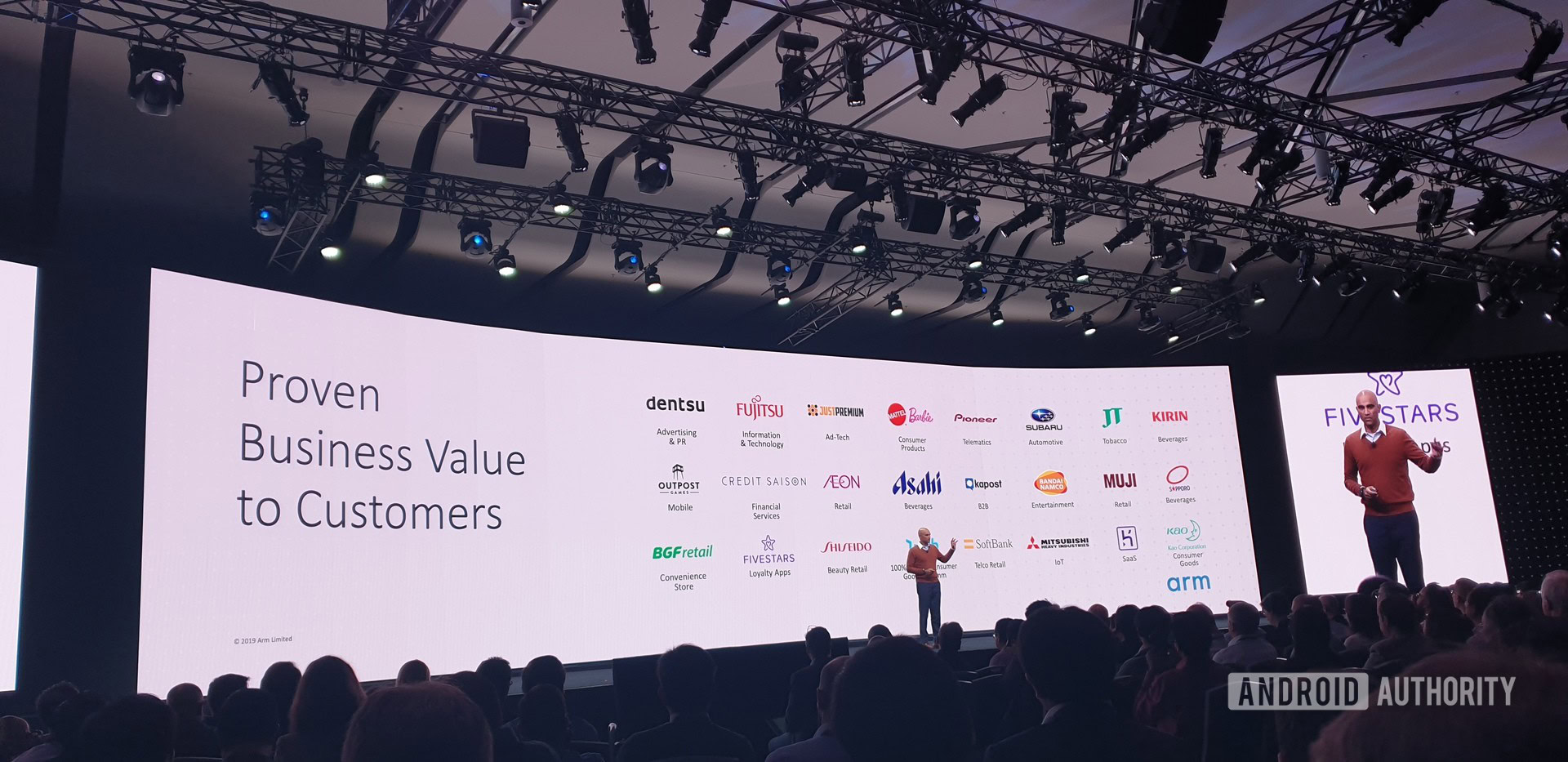
Ultimately, going all-in on the IoT lifestyle is always going to involve some amount of trade-off. There will always be some risk of data breach, and targeted ads are almost guaranteed. The question is whether we are getting enough value back from the system to make that trade-off worthwhile. The smarter this tech becomes, the more likely that is to happen.
Marini described this bid for trust as a “marathon, not a sprint.” But if history is any indicator, it’s arguably an inevitable conclusion.
Entrepreneurs and the future of the Internet of Things
The entrepreneurial spirit is another force that will drive the development of IoT. In many ways, IoT is an industry with a low barrier to entry. The hardware needed to develop a smart mug, for example, is considerably less expensive than what you need to develop the next Xbox.
You might have an idea for a device that monitors the temperature of your bath water; with an Arduino board, a little programming, and a 3D printed shell for your prototype, you can have something that’s productizable. Take that to Kickstarter and you have a business on your hands!
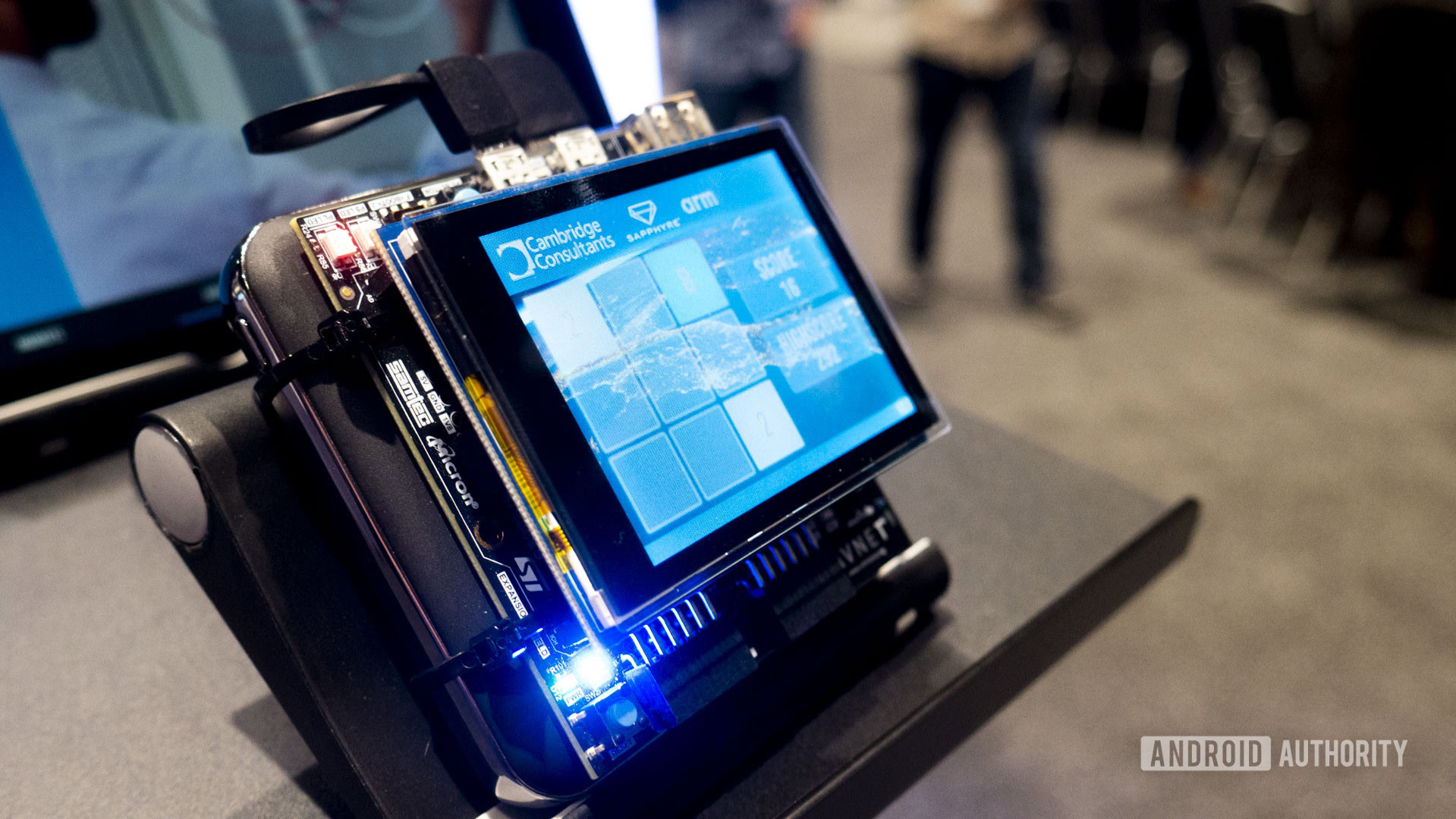
Smarter chips and better access to tools is helping to make all this a reality.
“We’ve talked for years about IoT needing to be standardized and low cost,” explained Marini. “And we’re starting to see some real proof points about being able to extend and advance the industry in that way.”
“Several years ago before Mbed OS [Arm’s operating system for these types of products], Arm did a survey of companies trying to build connected devices. To create a product at the right price point with the necessary security, they were taking two years just to get software ready. Today, someone can go and create a device that is productizable within a matter of months!”
I liken this to the games industry. Today, individual developers can make hit indie games thanks to tools like Unity or Unreal. Those tools handle things like graphics rendering and physics engines so devs don’t have to. Likewise, with so much of the leg work done by Arm, startups can create their own IoT solutions much more quickly.
Someone can go and create a device that is productizable within a matter of months!
That’s good news for small businesses and startups. The future of the Internet of Things does not only belong to the mega-corporations.
Also read: Internet of Things companies will dominate the 2020s: Prepare your CV!
Marini also pointed out that all this would bring huge opportunities for data scientists and programmers. In particular, data cleansing will be high in demand for a long time to come to help prepare years’ or decades’ worth of old information into something that can be used in a smarter way by all this technology.
The future of IoT is exciting
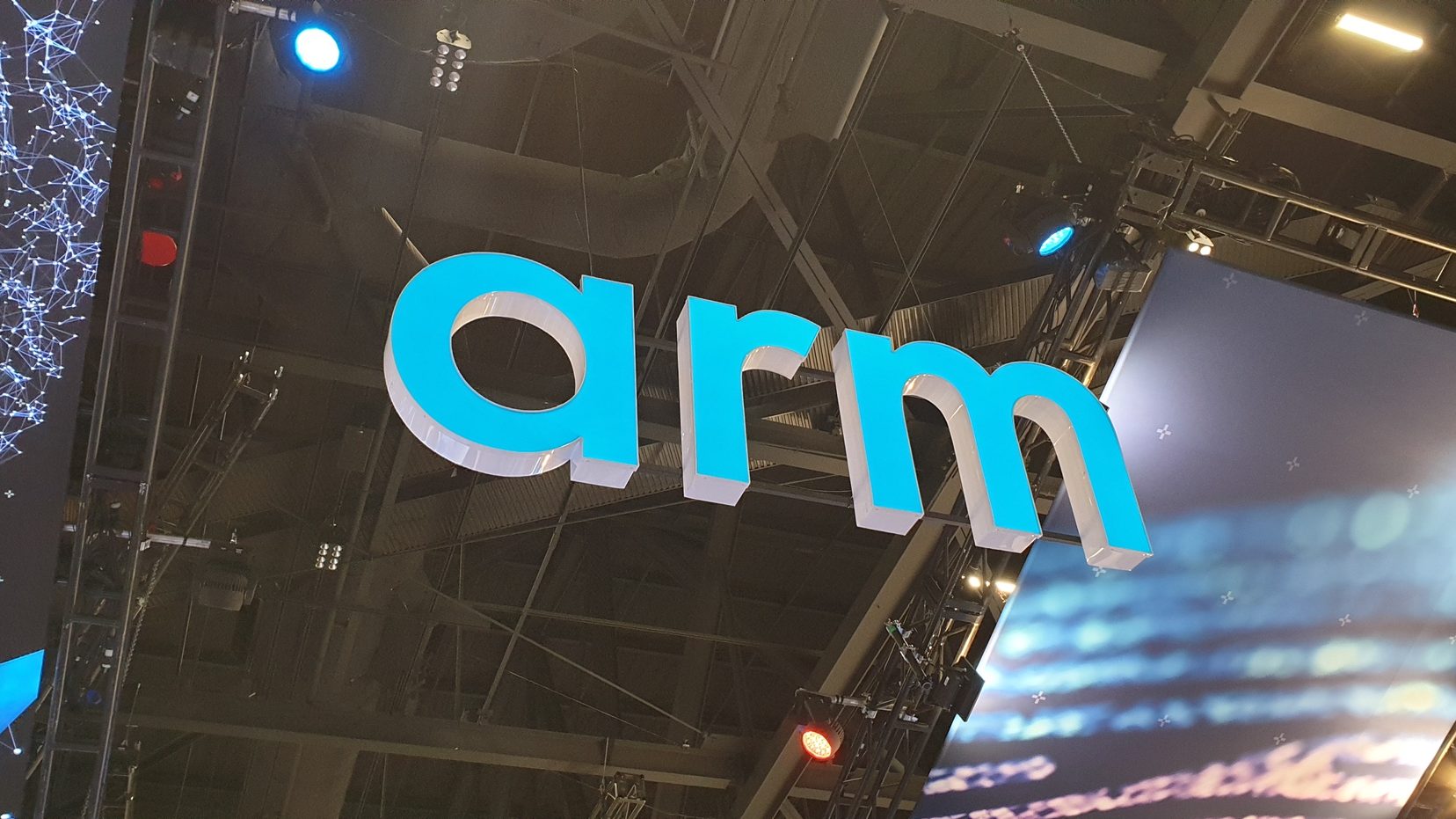
IoT stands to change the way we do pretty much everything. It will impact the way we drive, the way our environments adapt to us, and the way salespeople target us. It’s also going to be a more human experience than you might have thought. IoT will drive through the adoption of faster infrastructure, and it will create new jobs and opportunities for the tech savvy.
The exact shape IoT will end up taking on remains to be seen, but the future of the Internet of Things has certainly not been canceled.